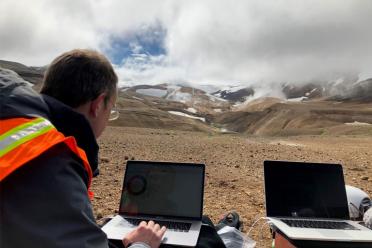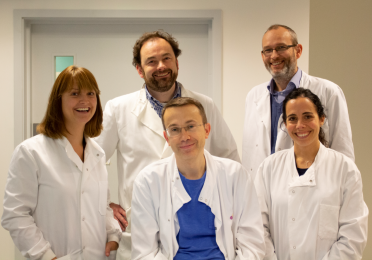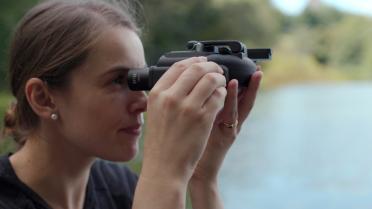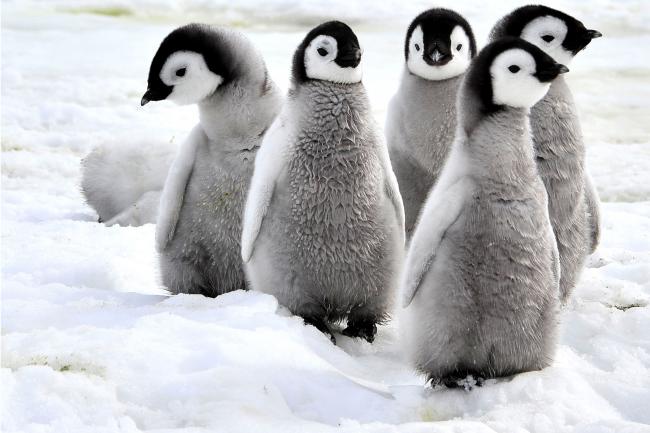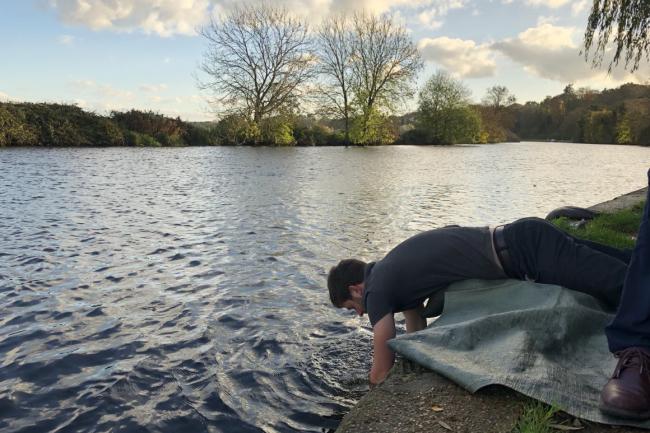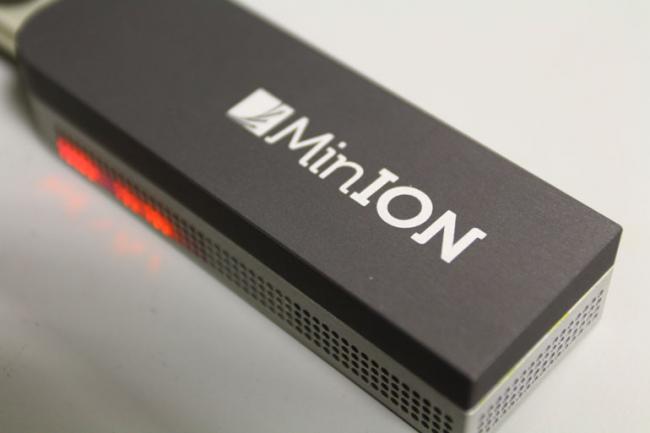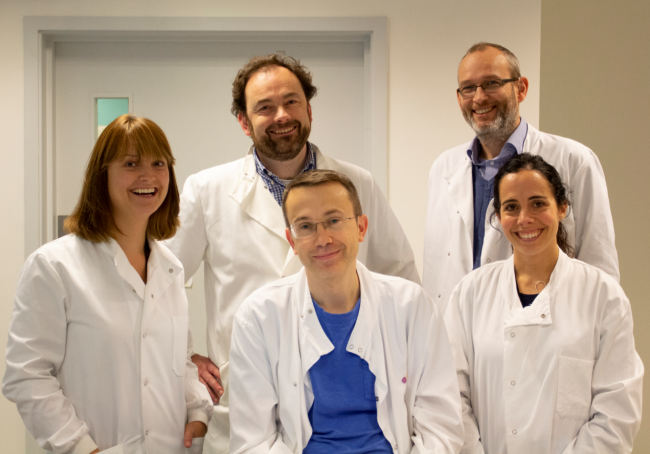The human gut, for example, is teeming with bacteria. Every number two is laced with hundreds of millions of bacterial cells, many of them still alive, which we are increasingly confident play a vital role in maintaining our health and longevity.
“They’re a very important part of us,” says Hildebrand, who has built a successful career applying metagenomics to explore the makeup of our gut microbiome, discovering dozens of new species of gut microbes - and even a whole new family of them - in the process. “We each carry about 100g of bacteria in our guts - that’s a lot of biomass - and without them, you probably wouldn’t have a chance of properly surviving.”
Almost 350 years ago, it was among a stool sample that Antonie Van Leeuwenhoek (whose story deserves a whole book in its own right) discovered microbes for the first time. Between that discovery in 1683 and 1990, Google Scholar yields a mere 636 results for the search ‘microbiome’. Between 1990 and 2010, that number rises to 42,900. Since 2010, you can find a whopping 220,000 results on the topic.
That acceleration follows another important breakthrough - the widespread access to cheap and powerful DNA sequencing and computing technologies. While it took a good quarter of a century and more than a billion pounds to map out most of the human genome, with equipment such as the NovaSeq at EI we can now reel off 48 of them in a couple of days.
But although a human genome is long and arguably more complex than that of a bacteria, at least we know where the sample came from - and what species it belonged to. With bacteria, and the hundreds or thousands of different species of them which make up complex communities such as the gut microbiome, it’s a different story.
There are countless species we haven’t even discovered yet and, even among those that we do know, it’s no easy task to recognise where one species ends and another begins - especially when they’re prone to swapping huge chunks of DNA with each other. It’s no surprise that older methods, such as microscopy, were of limited use. Even with more modern techniques such as metabarcoding, which identifies small DNA “barcodes” that can distinguish different species, we still couldn’t truly disentangle all of what was really going on.
Metagenomics combines full genome sequencing with clever computational techniques that can identify and, importantly, quantify exactly what microbes are present in a mixed sample.
“Now we can properly, cost-effectively, efficiently and precisely characterise what bacteria are present in a sample,” explains Hildebrand. “We can finally describe the diversity that’s there and - not only that - we can say, ok there’s ten, or one hundred times more of this.
“We can also glean a lot of other information about the evolution of bacteria, the genes involved, their relationships with each other, and whether or not you inherited them from your mother.” All of this is useful information to researchers who are looking into how disruptions in the microbiome can lead to chronic illness, or even death.




